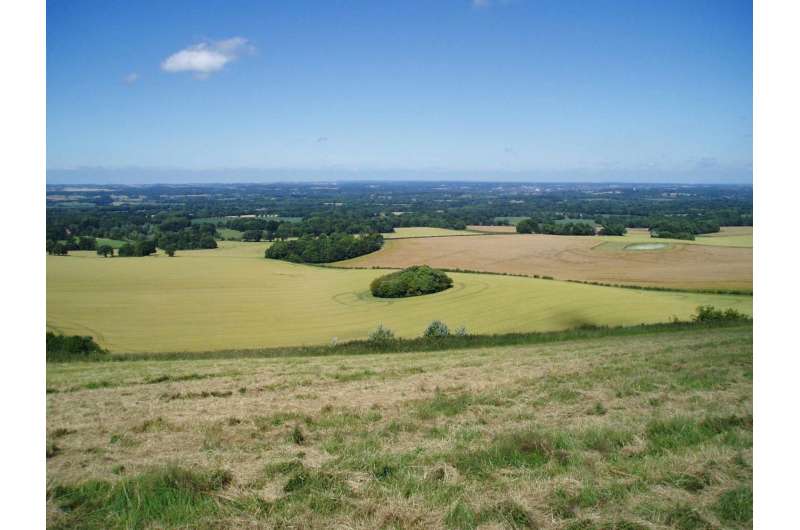Creating bigger, better and more joined-up habitat networks

Scientists at the University of Liverpool have developed a new 'route planner' tool that could help conservationists aid the movement of species as they adapt to a changing climate.
The environmental ranges of many animal and plant species are starting to alter with climate change, as temperatures change and force species to migrate to more suitable climes.
To be able to do this successfully, they will need sufficient habitat in their existing range, their future range, and any intermediate areas to enable populations to survive and thrive. Many conservation initiatives to restore habitats and increase connectivity are trying to address this issue. However, existing modelling tools mainly treat the landscape as static, and it is difficult to use these to plan restoration.
In a new paper published in Methods in Ecology and Evolution, researchers proposed and tested two new computational methods that could help optimise this planning process.
Lead author, Dr Jenny Hodgson explained: "Sites across a wide area can be thought of as an 'ecological network' and to be really effective these networks need to be bigger, better and more joined up.
"We take the most essential features of the landscape configuration, and how species can reproduce and disperse, and we translate these into equations, using insights from physics.
"The solutions to these equations show us which existing patches are best for facilitating range shifts, and which gaps between patches are acting as serious bottlenecks. Using these values, the computer can automatically add new habitat and rearrange the landscape in order to improve range shifting potential."
Some of the methods developed in this new study are already implemented in a freely-available decision support tool called Condatis. The software, which was developed by the team as part of a knowledge exchange project, identifies the best locations for habitat creation and restoration to improve connectivity across landscapes.
Dr Hodgson said: "We are excited by these findings because we think they bridge the gap between methods for visualising connectivity pathways and multi-purpose conservation optimisation tools.
"For the moment we are demonstrating our new methods in simplified scenarios. The next step will be to think about optimising them for multiple species in multiple directions, and about prioritising for long-term survival in one place as well as the speed of range shifting."
Condatis, which launched last year, is already being used by organisations including Buglife, the Yorkshire Dales National Park and Warwickshire County Council.
Dr Hodgson added: "Our knowledge exchange network has expanded greatly since Condatis was first launched. Work on the underpinning science and user-friendly features that practitioners need will continue in parallel in the years ahead. We benefit hugely from our partners' enthusiasm and willingness to try new things."
More information: The paper 'How to manipulate landscapes to improve the potential for range expansion' is published in Methods in Ecology and Evolution: DOI: 10.1111/2041-210X.12614
Journal information: Methods in Ecology and Evolution
Provided by University of Liverpool



















